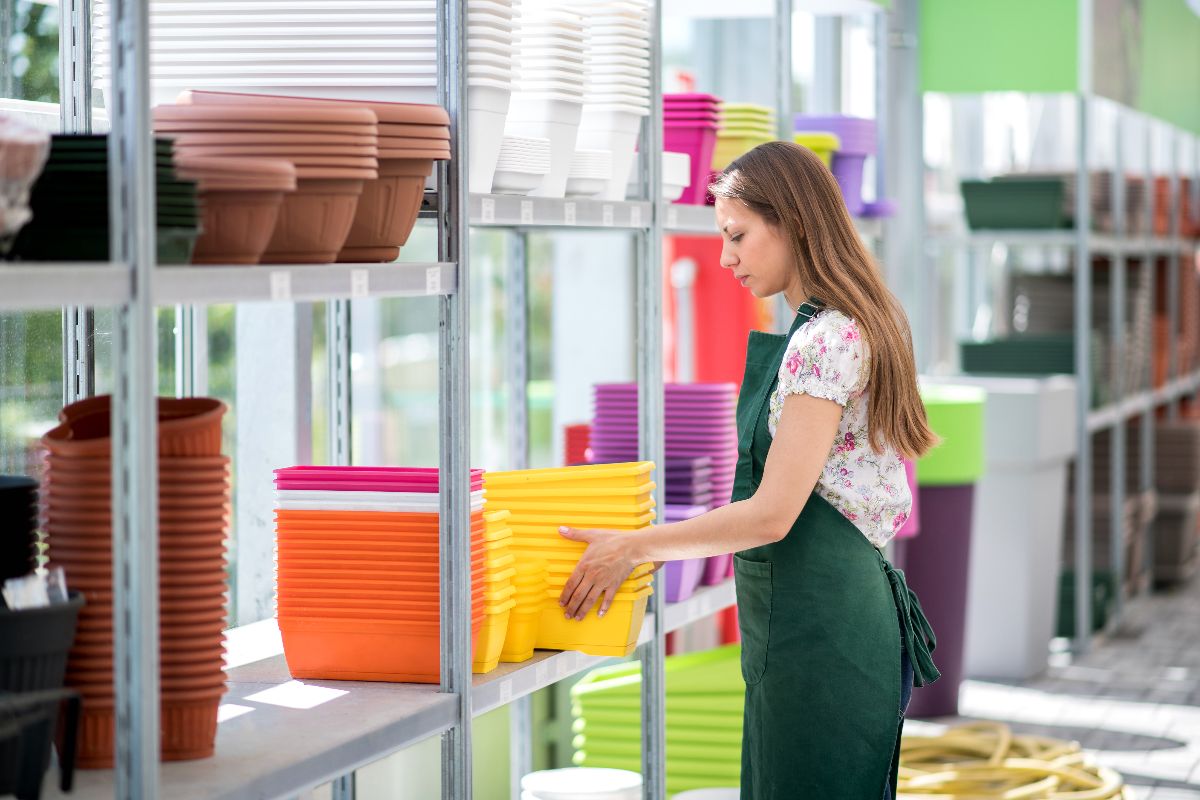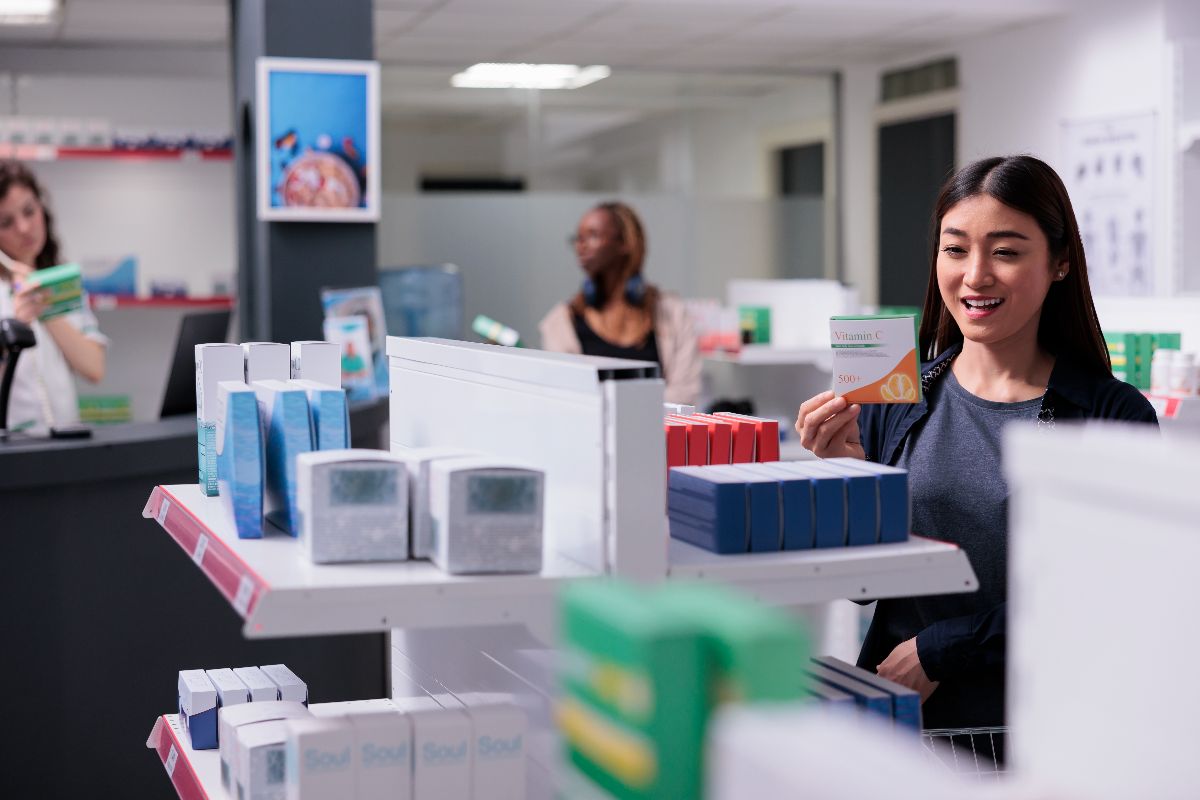October 1, 2025
What Are the Different Types of Store Display Stands and How to Choose the Right One

Overview
- This article explores the most common types of store display stands, how to choose the right one, and how advanced molding techniques like those used by Richfields support large-scale production.
- These stands help retailers organize products, maximize space, and influence customer behavior through strategic placement and visual presentation.
- From freestanding units to countertop displays, each type serves a specific role based on store layout and product category.
- With China as a global hub for cost-effective manufacturing, many retailers turn to large part injection molding to produce custom, high-volume plastic displays.
Store display stands are essential fixtures in retail environments, designed to showcase merchandise in a way that attracts attention, supports product visibility, and enhances the overall shopping experience. From supermarkets and department stores to specialty boutiques, the right display stand helps influence customer behavior and optimize floor space.
In China, a global hub for manufacturing, store display stands can be produced efficiently at scale through technologies like large part injection molding. In this article, we will explore the different types of store display stands and how large part injection molding contributes to their production.

Through these fixtures, brands are easily able to present products efficiently while optimizing space and guiding customer flow. There are many variations and types for you to choose from. Each serves a specific purpose based on store layout, product category, and customer interaction strategy.
Made from durable materials like plastic, metal, or cardboard, FSDUs are ideal for promotional items, seasonal merchandise, or product launches. Their mobility allows for easy repositioning without permanent fixtures.
Supermarkets, electronics stores, and pharmacies often use FSDUs to draw attention to featured products. Brands also favor them for in-store marketing due to their customizability and eye-level engagement.
End Cap Displays are placed at the ends of aisles, where they naturally catch the shopper’s attention during navigation. These stands maximize exposure for featured products and encourage impulse buys. Typically used in grocery stores, drugstores, and department stores, end caps can hold anything from food items to personal care products.
Commonly used in hardware stores, craft shops, and convenience stores, they are ideal for hanging small packaged goods like tools, accessories, and stationery. Retailers prefer pegboards for their modular design, allowing frequent rearrangement based on inventory. They’re often installed along walls or on rotating stands for compact vertical merchandising.
Made from metal or reinforced plastic, gondolas support various shelf sizes and configurations. These units provide ample space for bulk merchandising and high-volume inventory, making them ideal for displaying food, household items, and general merchandise. Their standardized structure makes them essential for store layout planning and efficient restocking.
Frequently used in convenience stores, bakeries, and cosmetics retailers, they showcase small, high-margin items like candies, lip balms, or gift cards. Brands use these displays for impulse products, while retailers appreciate their space-saving form factor and easy setup. These displays can be customized for specific campaigns or seasonal promotions.
Gridwall and slatwall displays are wall-mounted or freestanding panels with horizontal slots (slatwall) or metal grids (gridwall) that accommodate hooks, shelves, or baskets. Retailers use them to create modular walls or island displays that adapt to varying product lines. Their strength and flexibility make them suitable for both lightweight accessories and heavier merchandise.

Choosing the right display stand involves more than just picking a design; it requires thoughtful planning to ensure it supports both visual appeal and sales efficiency. From product weight to branding, every element must work together to enhance the customer journey and optimize retail space.
Large part injection molding is an efficient way to produce durable, high-volume plastic components for retail displays. At Richfields, we specialize in custom large-scale parts using advanced techniques that deliver uniform, cost-effective solutions at scale.
This process creates single-piece stands without joints or welds, resulting in stronger structures that resist wear and damage. With fewer weak points and less assembly required, retailers save on setup time, maintenance, and long-term costs.
High-precision molds enable detailed, consistent designs across large surfaces. From logos and shelving to tailored dimensions and color schemes, brands can replicate complex elements for promotional or seasonal rollouts with ease.
Though molds require upfront investment, per-unit costs drop significantly in high-volume runs. Richfields maximizes efficiency in material use and cycle times, making bulk production scalable and economical for multi-store distribution.
Choosing the right display solution begins with understanding the different types of store display stands available and how they function in specific retail settings. Each display type serves a unique purpose, from drawing attention to high-margin items to organizing products for easy browsing.
If you’re looking to develop custom plastic displays that meet your specifications for function, style, and cost, contact us today to learn how we can bring your retail fixtures to life with precision and efficiency.